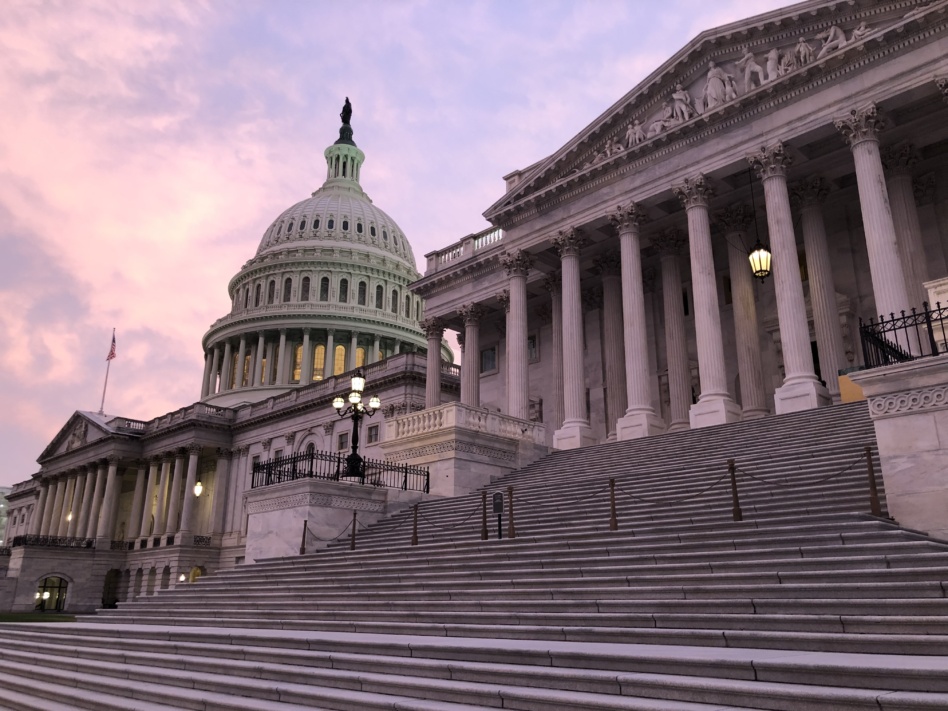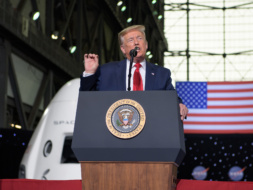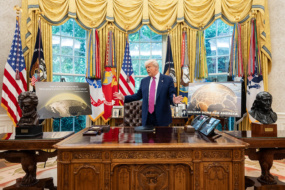The commercial space sector is advancing rapidly, with private companies pushing for innovations to enable long-term, far-reaching space exploration. Nuclear power is a key linchpin for this transition—but existing regulations and a lack of regulatory clarity make it difficult if not impossible for commercial players to harness this fuel source.
Regulators must find ways to balance safety and national security concerns surrounding nuclear systems and materials with the mandate for America to lead in space and the drive for a thriving commercial space economy, especially as nuclear technology becomes safer and less risky thanks to new advancements.
Why nuclear? Nuclear power sources can enable high-energy, long-duration missions beyond Earth’s orbit, offering continuous energy when solar power falls short. It’s especially critical for exploring areas where solar power is not accessible (think lunar craters), and could be the answer to keep spacecraft functioning through the frigid two-week lunar night.
Yet, the regulatory framework for Space Nuclear Systems in the US remains a significant obstacle for the commercial space sector. While some recent policies have provided some improvement in the form of much-needed structure, substantial gaps continue to stifle innovation and progress.
Step in the right direction: A 2019 National Security Presidential Memorandum (NSPM-20) outlined a structured process for launching commercial spacecraft with Space Nuclear Systems and delegated oversight and approval authority to the FAA. A clear path to the use of these systems opened the floodgates—since its issuance, there has been a flurry of activity around developing various nuclear technologies, such as radioisotope batteries, new fuel types, and more, to support long-duration space missions.
A tiered system: But there’s still a long way to go to make nuclear powered systems broadly and easily accessible to commercial leaders looking to explore the cosmos. Much of this technology is extremely safe and poses little radioactive risk to life or property. However, the new regulations do not account for these low-risk technologies, instead using a one-size-fits-all approach that discourages investment and innovation. Encouragingly, the FAA recently announced plans to refine its guidance, potentially carving out exemptions for low-risk systems—a critical step forward.
Financial barriers: The Commercial Space Launch Act requires space nuclear systems to have liability insurance, but few insurers are willing to underwrite nuclear risks. Without viable insurance options, companies face prohibitive costs or complete project standstills. Some have suggested adapting terrestrial nuclear indemnification models to cover space applications, which could provide a safety net for startups, enabling them to focus on innovation rather than financial risk.
Global reach: Strict export controls under ITAR restrict US companies from competing in international markets or accessing global talent. Meanwhile, advancements in safer nuclear technologies have reduced proliferation risks, yet these innovations remain caught in the same regulatory net. A more targeted approach to regulating nuclear technologies—focusing on true high-risk items—could boost US competitiveness without compromising national security or increasing proliferation risks.
Next steps: To unlock the full potential of nuclear power in space, the US needs a regulatory framework that balances safety with innovation. Key steps include:
- Defining thresholds: Establish clear tiers for radiological risk, exempting low-risk systems from onerous requirements.
- Streamlining processes: Expedite National Environmental Policy Act regulatory reviews and develop standardized engineering guidelines and expectations.
- Financial support: Create insurance solutions that are tailored to space nuclear systems or backed by government assurances if necessary.
- Modernizing export controls: Align regulations with contemporary nuclear technologies to enhance global competitiveness.
The stakes are high. Without reform, the US risks losing its edge in the burgeoning space nuclear sector. With targeted updates, federal agencies can empower American companies to lead the charge into deeper space exploration.




